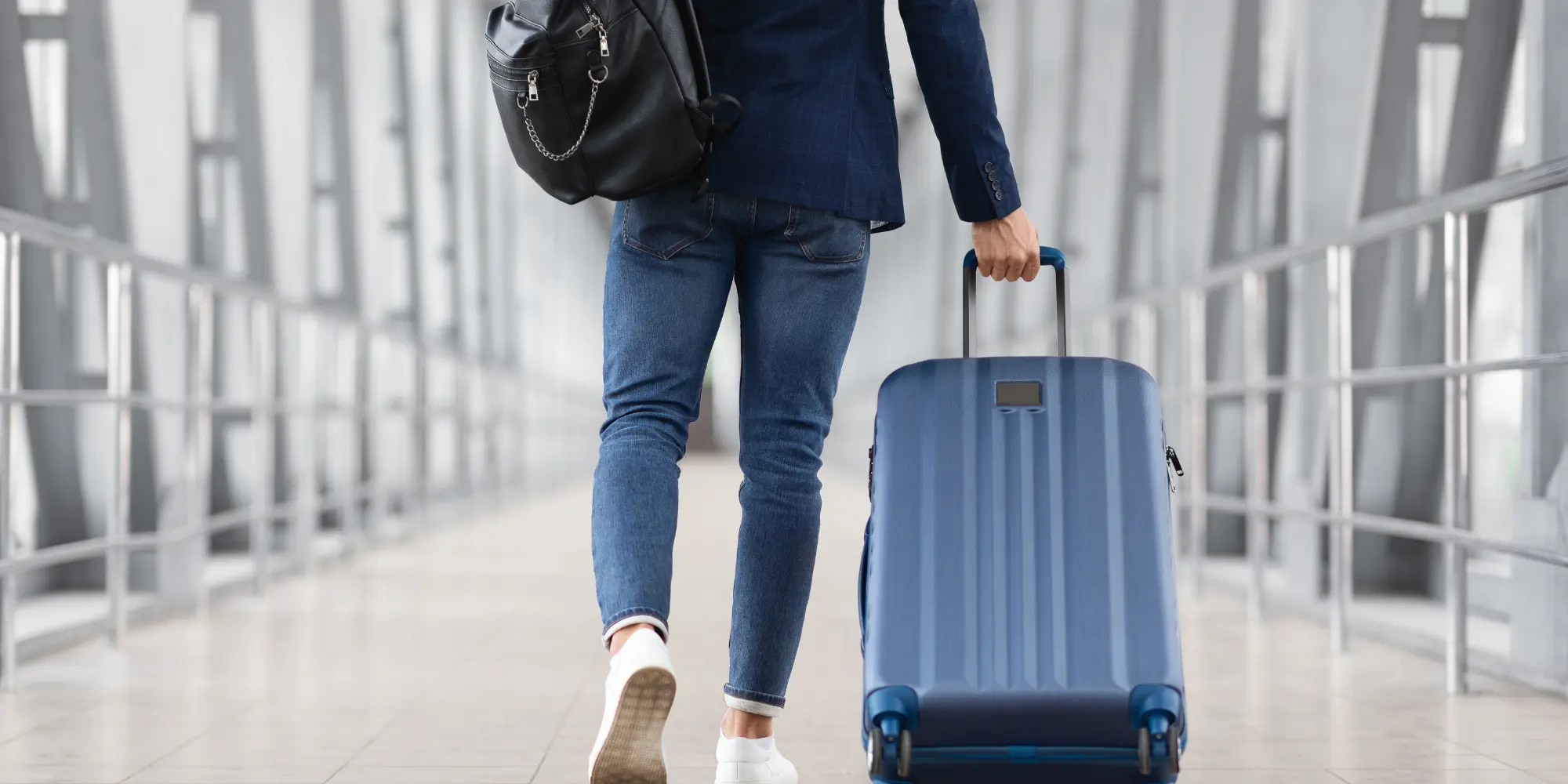
Annie Dawson
Senior SMSF Technical Specialist
Overseas travel is a priority for many after lockdowns and travel restrictions imposed due to COVID-19. But before heading off, SMSF trustees and members should ensure their travel plans will not affect their fund’s status as an Australian superannuation fund.
There are two big reasons why: funds that fail to qualify as an Australian superannuation fund will pay tax on their income at 45% going forward as well as having all or part of the fund’s assets taxed at 45% in the year the fund stops being an Australian superannuation fund. And if you thought that sounds bad, here is the worst part: unlike SIS compliance breaches, the Commissioner does not have discretion to overlook an SMSF becoming a non-resident fund (and therefore a non-complying fund).
To remain an Australian superannuation fund, two main tests must be met at all times. The first test requires a fund’s strategic and high-level decision-making (referred to as a fund’s “central management and control”) to be ordinarily in Australia. This test is like the one used to work out if a company is an Australian resident for tax purposes.
A fund’s central management and control (CM&C) refers to the strategic and high-level decision-making processes and activities. It includes duties trustees are responsible for such as setting, reviewing, and updating the fund’s investment strategy or deciding how the fund’s assets are used to fund member benefits.
It may be possible for CM&C of an SMSF to be temporarily exercised outside of Australia on the proviso that it’s usually exercised in Australia. This means for example, that if the trustees will travel overseas for a short holiday and exercise CM&C while abroad, then the fund’s CM&C would still ordinarily be in Australia. If, however, the trustees are overseas for a longer period (say a secondment for 12 months or even longer), it becomes harder to demonstrate that CM&C is only temporarily outside Australia (and that CM&C is ordinarily in Australia).
Factors that may determine whether a fund’s CM&C is temporarily outside Australia includes the length of time a trustee intends to be outside Australia, the actual time they remain overseas, whether a trustee has an intention to return to Australia and connections they maintain with Australia whilst abroad.
But isn’t there a safe harbour rule you ask?
There is a two-year “safe harbour” rule (and the Government has confirmed their commitment to extend this to five years) but it isn’t a blanket exemption for trustees who plan to be outside Australia for a period of up to two years. It simply confirms that a fund could still have its CM&C ordinarily exercised here in Australia even though CM&C is temporarily outside of Australia for up to two years.
A trustee could be absent for a period of fewer than two years and CM&C may still cease to ordinarily be in Australia. For example, if a trustee was overseas for a period of 6 months, they may still fail the CM&C test if, when they first left Australia, their intention was to permanently leave Australia.
The second test (referred to as the “active member test”) is designed to ensure that tax concessions are only given to members who are Australian tax residents. A member of the fund will be an active member if super contributions are made on their behalf, or they intend to make their own super contributions or rollovers into the SMSF.
A fund will satisfy the active member test provided that, at all times, either:
- the fund has no active members at all (so the fund is not receiving any super contributions or rollovers at all), or
- the balances held in the SMSF by the active members who are Australian tax residents make up at least half the total active member balances in the fund.
For members who will cease to be Australian tax residents when they go abroad, the simplest way to meet this test is to ensure they do not have super contributions or rollovers made to their SMSF whilst they retain their non-resident tax status.
A word of caution - don’t be tempted to allow members who are foreign residents to still make super contributions or rollovers, just because they have small balances in the fund. If, for example, the members who are Australian residents for tax purposes are only drawing pension payments from the fund, their balances will not be counted, as they are not active members. The “small balances of the foreign residents” could turn out to represent 100% of the total active member balances in the fund, causing the fund to fail the active member test.
Whilst the Government has confirmed their commitment to removing the active member test altogether, draft legislation or a proposed start date have yet to be released.
To ensure an SMSF remains an Australian superannuation fund, specialist advice should be sought if trustees or members of an SMSF plan to travel on an extended or permanent basis.
Want to understand more about steps to be taken to avoid an SMSF becoming a non-resident superannuation fund, check out our Super Companion here.
This article is for general information only. It does not constitute financial product advice and has been prepared without taking into account any individual’s personal objectives, situation or needs. It is not intended to be a complete summary of the issues and should not be relied upon without seeking advice specific to your circumstances.





